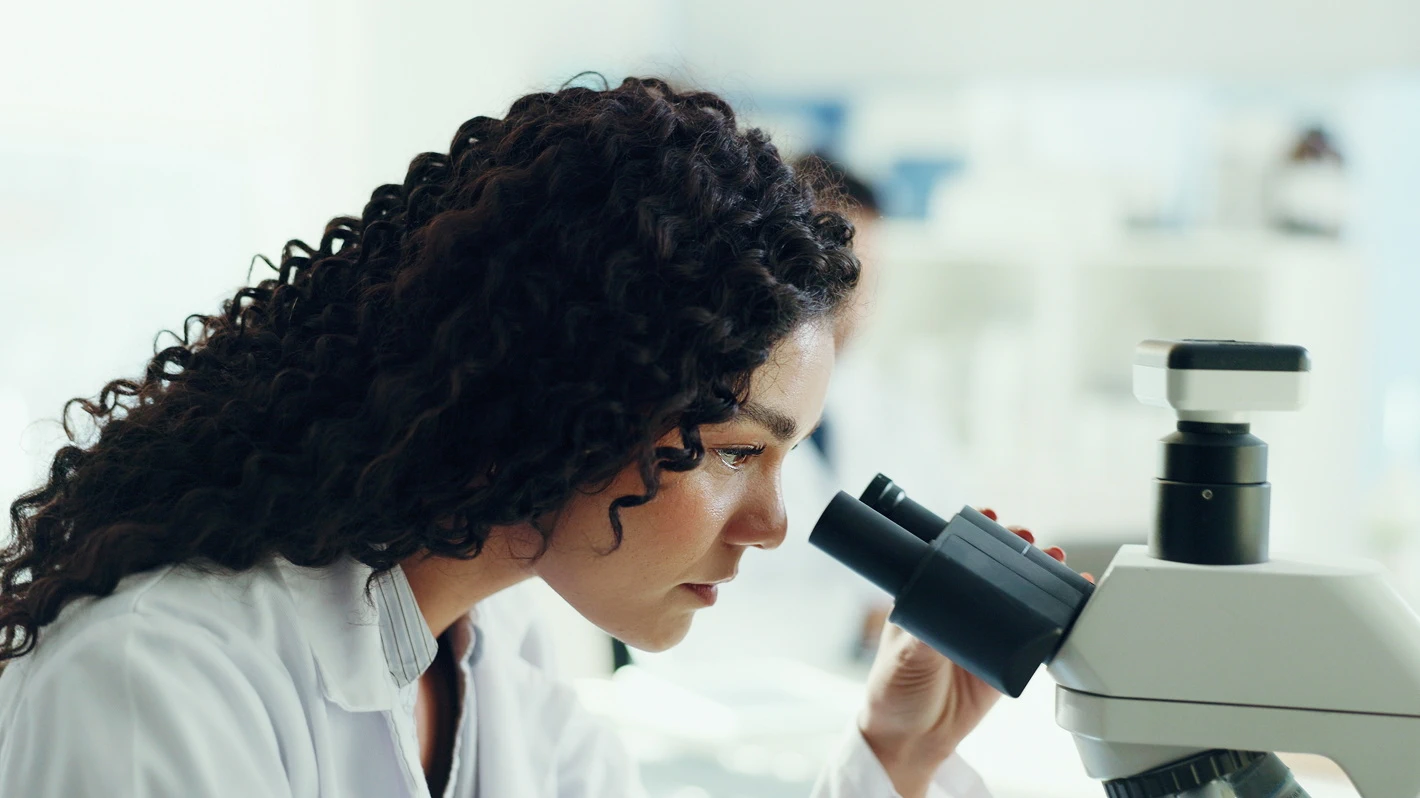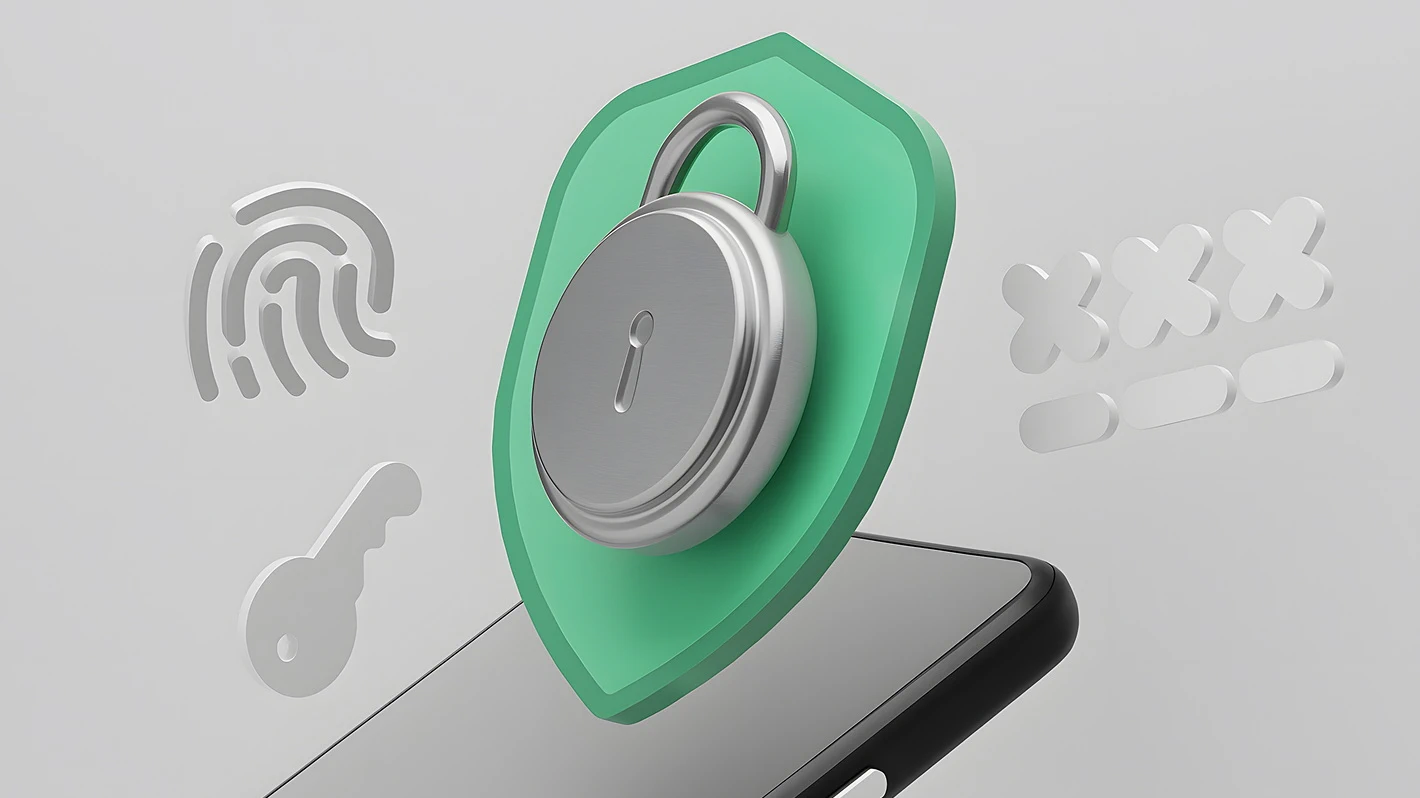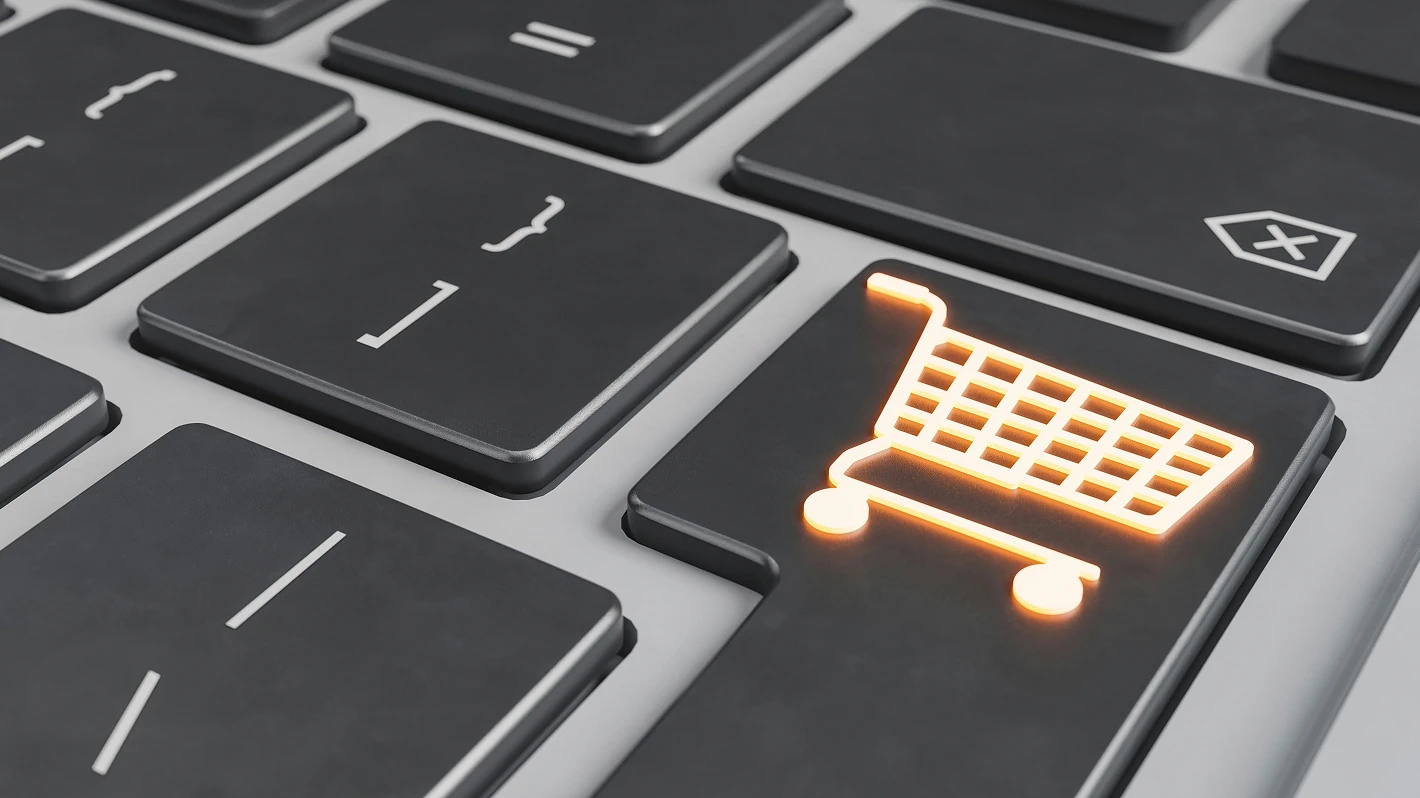Human history has been an ever-evolving whirlwind of tried-and-true progression. The advent of the internet has made this truer than ever, especially in the field of healthcare. Over the past 30 years, we have engineered the greatest, most rapid technological advancements to date—and the world’s brightest innovators assert that this is only the start. As we have collectively learned to navigate the digital world, an entirely new real-life application of the internet has spawned. Perhaps you’ve heard the term, “Internet of Things” (IoT). When you do, does the clapping of sound-controlled smart lights ring in your ears? Do commercials of powering your robot vacuum cleaner from miles away play in your head? Jarringly, these once-outlandish concepts will eventually be viewed as primitive, considering what the world of IoT is striving to offer. According to Markets and Markets, the post-COVID-19 global IoT market size is now worth $300 billion. Within the next five years, that number is expected to more than double to $650 billion by 2026. After fusing IoT with everyday life, we have more recently been able to expand these revelations to the world of medicine. This realm, unsurprisingly, is known as the Internet of Medical Things (IoMT).
How do IoMT devices revolutionize HelthTech?
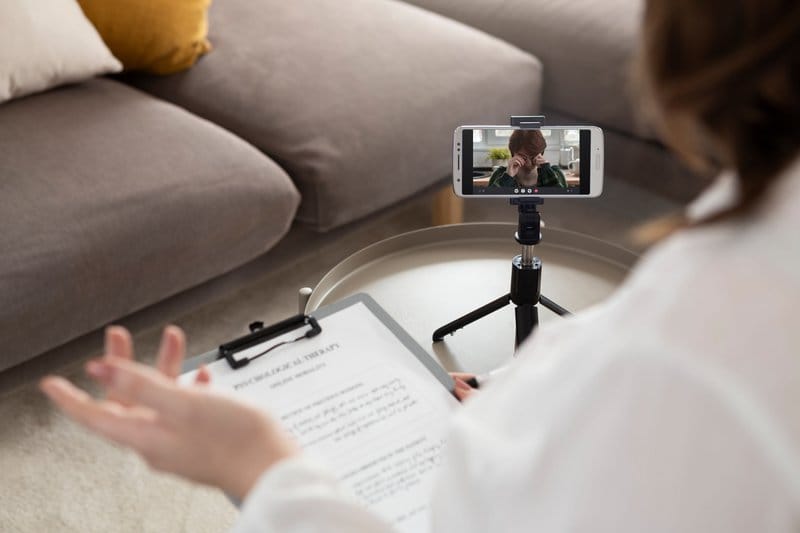
Healthtech is a rapidly growing sector within the healthcare industry. For patients who still require onsite care, Internet of Medical Things devices can alleviate many inconveniences. For example, instead of waking patients up every few hours to check their vitals, the IoMT devices can silently report the numbers. This incidentally also means fewer rounds for overworked nurses in understaffed hospitals. Additionally, IoMT helps at-home monitoring possible. Instead of going to the hospital every time a concern arises, monitoring devices can now send their information straight to the medical staff for review. It’s also worth noting that as talented as medical professionals are, they are also human and therefore subject to human error. IoMT technology automates processes and eliminates this possibility.
Where are medical devices used?
As mentioned, the general IoT market is set to explode in the next five years. The IoMT market is no different as medical devices are being used everywhere. From a $30.79 billion industry in 2021, analysts are projecting it to grow to $187.60 billion by 2028 at a CAGR of 29.5%. IoMT was once a niche concept under the umbrella of IoT. Today, it has earned its reputation as an independent, thriving industry, comprised of several market segments.
On-Body
The on-body segment, as the name implies, features medical devices that patients can wear. These include some of the higher-end smartwatches, activity trackers, and smart garments. These devices track medical and physical activity data that the wearer can use for personal record-keeping or readily share with healthcare providers. A subsegment for on-body wearables covers clinical-grade wearables devices certified by government health entities, like the U.S. Food and Drug Administration.
In-Home
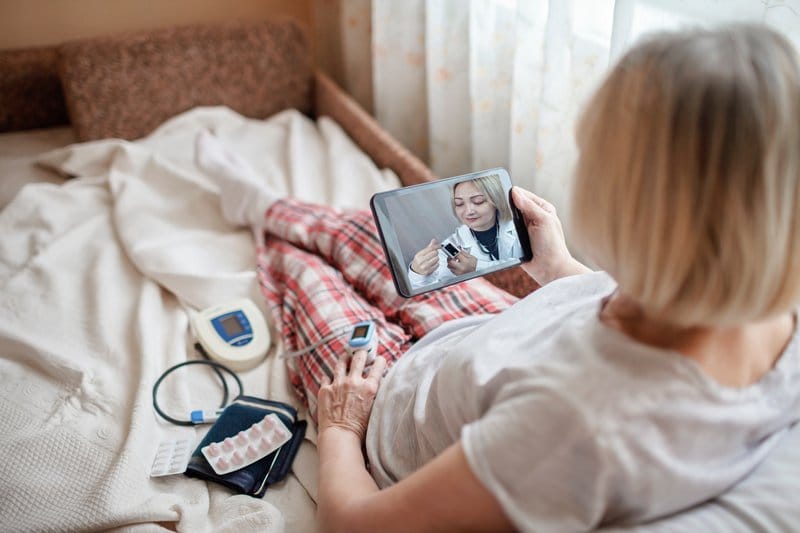
In-home Internet of Medical Things devices consist of medical monitoring equipment that patients can safely use at home. These remote patient monitoring (RPM) devices automatically collect and transmit medical data to the patient’s providers, often using lightweight communication protocols like MQTT, which is optimized for minimal data usage and ensures seamless, continuous updates. Many modern RPM systems utilize the cost-effective ESP8266 MQTT implementation to create reliable wireless connections between medical sensors and home gateway devices. These devices operate similarly to in-body devices, as they measure vitals such as blood pressure, oxygen saturation, and pulse rate.
Another subset of in-home IoMT devices is personal emergency response systems (PERS). Incredibly enough, they can automatically contact emergency services—even providing an address and critical medical information—in the event of an emergency.
Community
The community segment of the IoMT industry refers to the medical devices used to extend monitoring capabilities beyond the home and hospital. For example, EMTs can monitor vitals while transporting patients in an ambulance.
Similarly, paramedics and first responders use emergency response intelligence systems to track metrics in accident locations or during mass crises. Community IoMT devices are also used in remote areas that lack permanent medical facilities. Field hospitals or medical stations on event grounds are examples of locations that usually benefit from community IoMT devices. Finally, transport vehicles that carry sensitive medical equipment or medicines often use community IoMT equipment. These devices monitor temperature, humidity, and other parameters that can adversely affect the shipment if left undetected.
In-Hospital
In-hospital IoMT devices do not only consist of the usual patient monitoring devices that transmit data automatically to nurse stations. During downtimes, hospital administrators can download the data collected from each type of equipment and gather insights based on the actual usage. This allows them to make crucial decisions such as determining which equipment should get priority when ordering additional units.
According to top medical device consulting firms, IoMT allows hospital staff to easily keep track of highly in-demand equipment such as wheelchairs, gurneys, and infusion pumps. This gives inventory managers an easier and more efficient way to ensure that equipment gets allocated to wherever they’re needed at the time they’re needed. For most of us, waking up or being wheeled into the emergency room is the worst day of our lives. Beyond convenience and alleviating stress, equipment organization in a hospital can very well mean the difference between life and death.
The Benefits of IoMTs

With an ever-exploding global population, it’s only a matter of time before the demand of patients will far exceed available healthcare workers. According to the American Hospital Association, job vacancies for nursing personnel increased by 30% between 2019 and 2020. For respiratory therapists, that number increased to 31%. Unfortunately, without intervention, these discrepancies will only widen. Unless things change, projections show that the US will lack 3.2 million healthcare workers by 2026!
One solution to the growing discrepancy between patients and medical workers is through automation. Reducing the workload of healthcare professionals can help increase efficiency and allow them to attend to more patients. Instead of healthcare workers personally conducting every interaction with patients, implantable or wearable devices can perform the job automatically, continuously, and more accurately. These devices can then transmit the information to a central location, accessible by specialists and attending doctors. They can use the data to diagnose the patient and issue the corresponding medical intervention.
The automated solution provided by IoMT devices can actually generate a number of benefits. These include the following:
Proactive Healthcare
To reiterate, the Internet of Medical Things (IoMT) technology continuously monitors patient metrics. This means doctors will have access to complete sets of data that allow them to recognize patterns or signs of impending problems. As a result, they can implement measures that can prevent problems from occurring entirely. Again, saving lives without even needing a medical professional in the room! In addition, real-time monitoring allows for a more efficient diagnosis and treatment. This presents doctors and healthcare services providers with a more efficient means to manage their patients’ health.
Improved Decision-Making Process
Using an IoMT device to monitor a patient’s status results in a continuous, more accurate stream of data. The digital nature eliminates the probability of human error. Considering the overwhelming fact that healthcare workers—especially in the era of Covid-19—are more overworked than ever, this is a lifesaver—literally. As a result, doctors can make a more accurate diagnosis and provide a targeted response. The speed at which data can be collected also allows doctors to make decisions in real time.
Improved Patient Comfort and Customer Experience
Continuous monitoring usually requires wearable or implantable digital IoMT devices for patients. This means that patients can continue with their daily activities without fear of interruption to take routine tests. For example, patients won’t need to wake up in the middle of the night for a nurse to take their temperature or blood pressure. Instead, the devices will note the data at certain intervals and record the information seamlessly. It’s important to remember that healthcare isn’t just about prolonging life, it’s also about elevating the quality of it.
The Role of AI in Managing Medical Database
Artificial intelligence (AI), when used in conjunction with Internet of Medical Things technology, can prove to be the ultimate medical game-changer. AI can gather medical data and manage medical database to recognize medical patterns, which can, in turn, indicate the progression or regression of a condition.
The data gathered from the IoMT devices provide an accurate screenshot of a patient’s current state of health. However, that’s only part of the picture. Since IoMT continuously records information, analysts can collect this data for analytics purposes. Essentially, artificial intelligence will scan the data (from even multiple devices) to establish patterns and predict probable outcomes. It can help determine the effectiveness of current treatments and recommend changes in medication or dosage. A medication comparison tool can be utilized to evaluate the pros and cons of various treatment options, ensuring the most suitable medication is chosen for the patient.
For health centers, AI can also play a vital role in managing hospital equipment and determining the best course of action. AI can help determine the likelihood that certain equipment will require high usage, or even predict its impending breakdown. This allows administrators to proactively make decisions, such as replacing units before they actually wear down, or ordering additional equipment to help distribute the workload.
Challenges to the Adoption Of Medical Technology
Despite its revolutionary potential, the widespread adoption of medical technology won’t happen overnight. To be fair, Rome wasn’t built in a day, and neither will the future of medical technology and healthcare. As with anything, it’s imperative to understand what (undeniably worthwhile) challenges lie ahead so we can best prepare to tackle them in the present.
Among the biggest underlying challenges of scaling the healthcare IoT companies industry to full optimization of IoMT’s is the need to weigh the benefits against concerns of security and compliance. Citing patient protection organizations such as HIPPA, personal medical records are deeply private. IoMT devices involve a lot of data gathering for individual patients. Ensuring that this data remains fully confidential will require constructing specific laws and strict regulations, which is complex at both state and federal levels.
In addition, IoMT devices will need to undergo strict testing and continuous approval as well. Given how they rely on connecting to the internet, the regulatory approval process will likely require additional steps and more time to complete.
We anticipate the biggest difficulty will be getting IoMT manufacturers to agree on the specific standards proposed by regulators. This is absolutely crucial, as it ensures that all devices follow the same standards (which also makes them more interoperable with one another). Apart from devices, the software and network protocols that allow connectivity should also follow established standards and compliance with existing rules. This includes making devices easy to operate with a simple, standardized interface.
Have Questions? Helpware Is Here!

The Internet of Medical Things is a game-changing technology that offers sweeping elevations from existing methods of monitoring, diagnosing, and treating patients, perfectly aligning with current healthcare industry trends. It offers several benefits that include more proactive patient care, efficient monitoring, improved patient comfort, and an increased customer experience and patient satisfaction. IoMT devices help gather accurate and complete medical data, which enables doctors to make more accurate diagnoses. Earlier, more accurate diagnoses allow for early intervention and overall better health outcomes.
IoMT doesn’t stop with patient care. Hospital administrators can also use the technology to effectively track and analyze their whole inventory of equipment. This allows them to monitor usage and efficiently allocate resources where needed.
Of course, with anything worthwhile, challenges will arise. We have a long road before IoMT can fully establish itself as the standard diagnostic and monitoring system. Much work is needed to agree on protocols/guidelines surrounding how data is collected, stored, and disposed of. Manufacturers should also cooperate in establishing a common standard and allowing interoperability. This includes agreeing to a standard software protocol that everybody can easily adopt.
Do you have questions about the Internet of Medical Things, or what the future can look like with IoMT? Are you looking for solutions to outsource by integrating IoMT with your existing systems, as well as how to manage data? Helpware’s digital customer support services can help provide healthtech companies with professional teams and technology that are guaranteed to elevate the customer experience. Contact us and we will gladly walk you towards a brighter, more profitable, healthier future for all.



